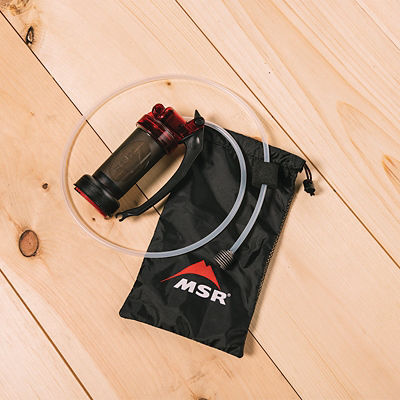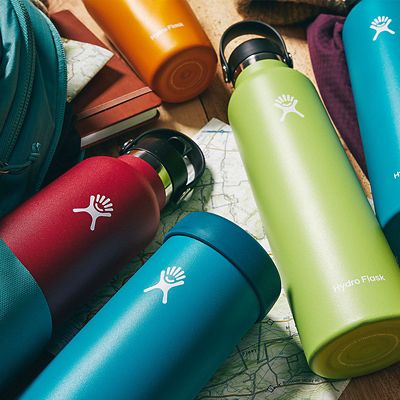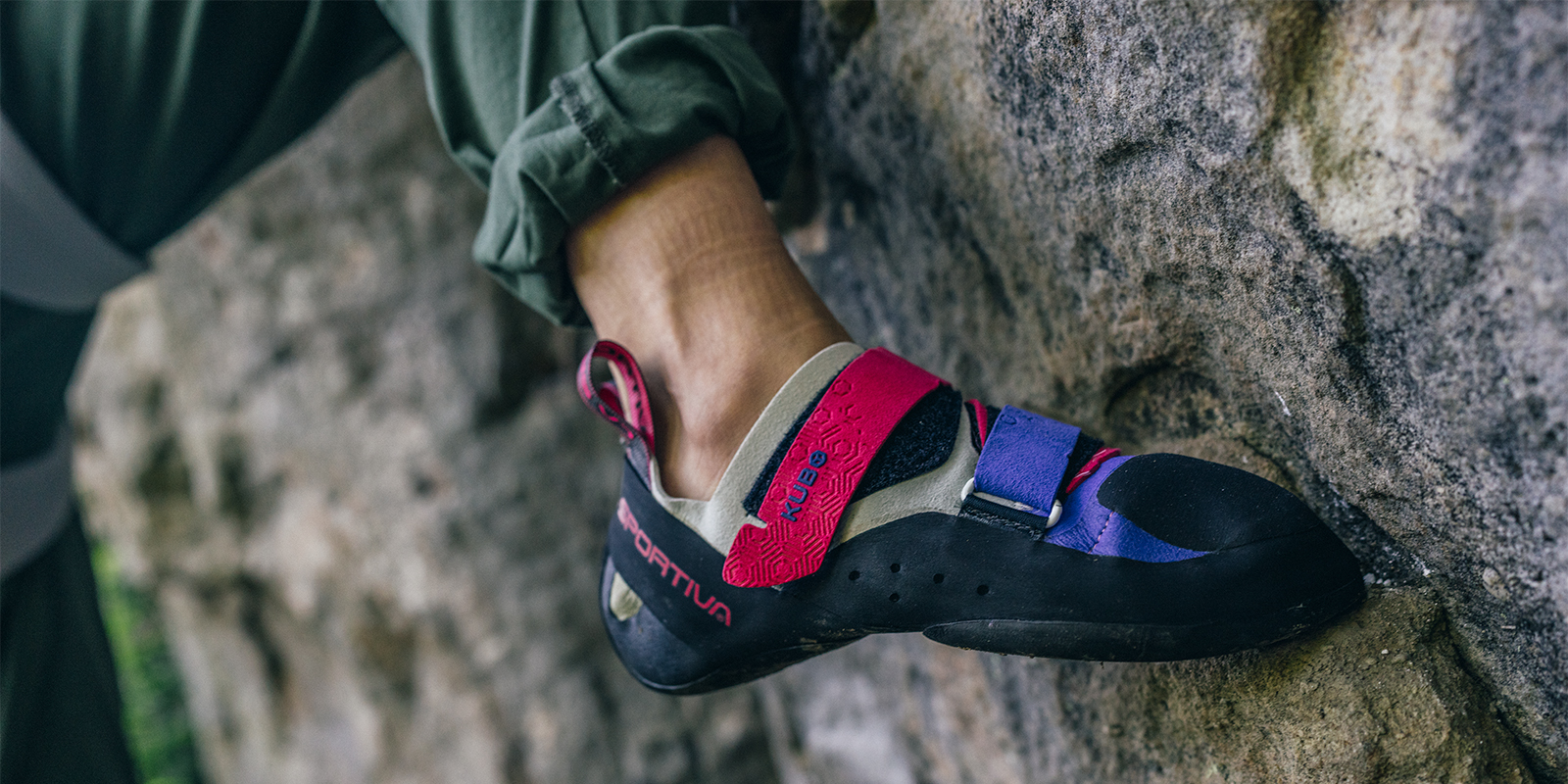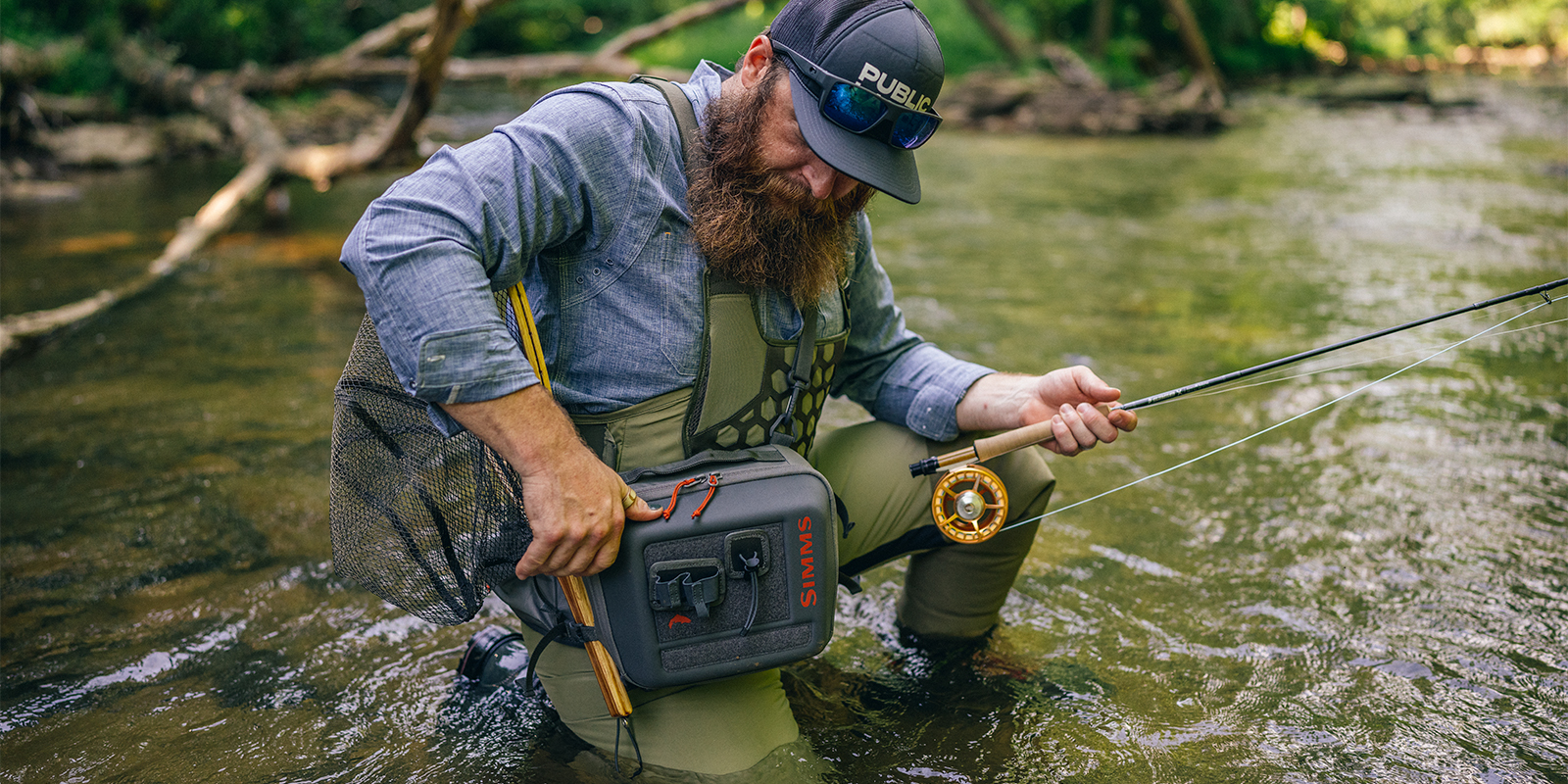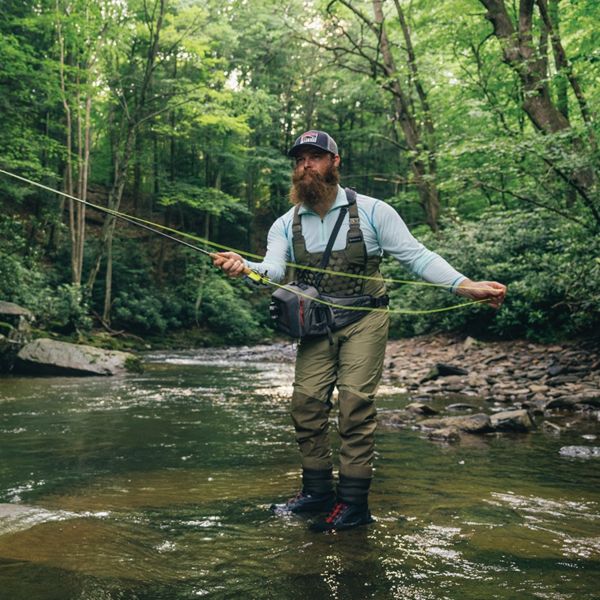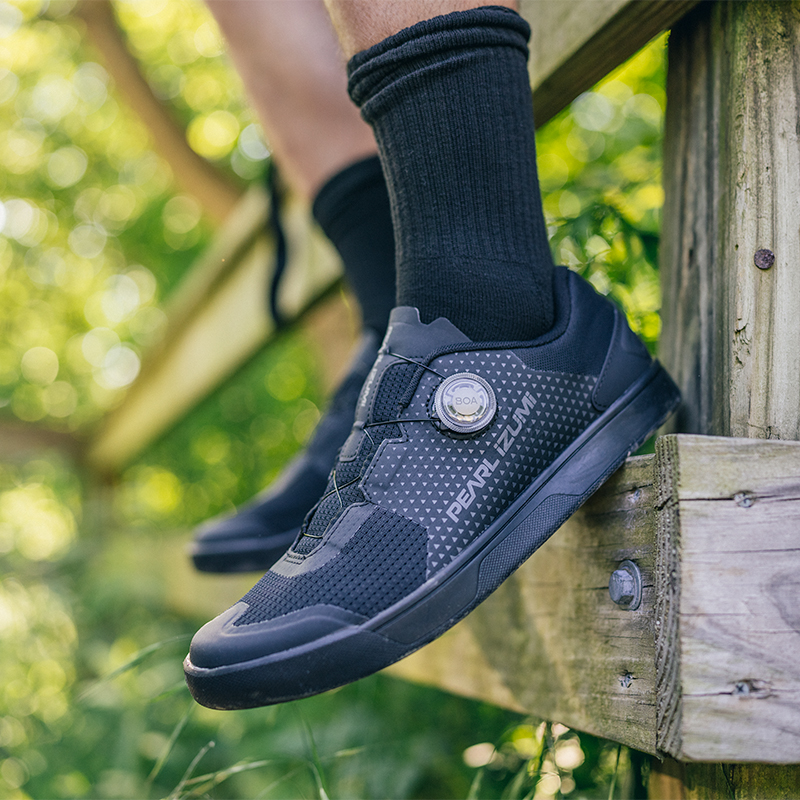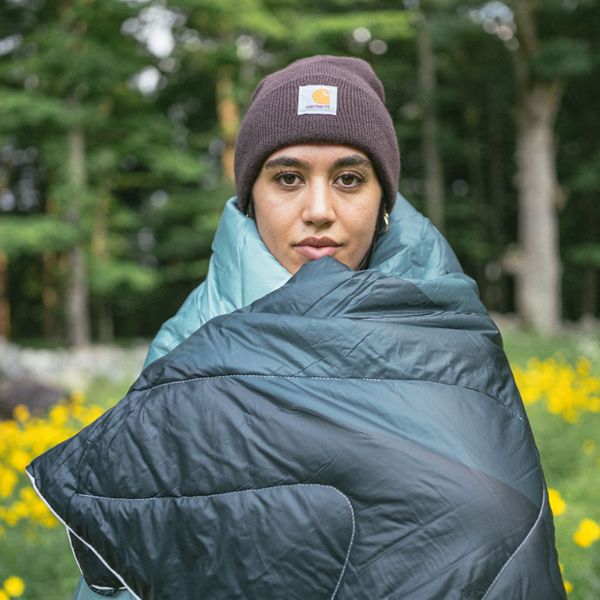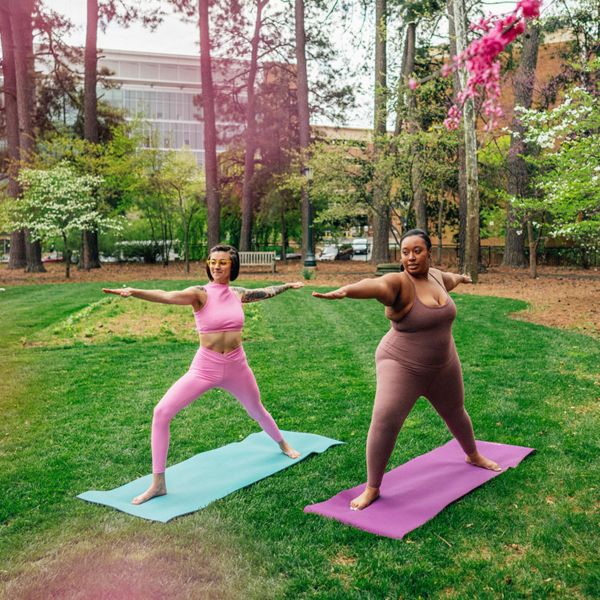
There are clear ways of avoiding the harmful effects of extended sun exposure. According to the Environmental Working Group (EWG), a worldwide nonprofit dedicated to protecting public health, prevention boils down to the following three steps: Cover up with hats and clothing, seek shade, and be outside in the early or late hours of the day when the sun is low in the sky.
But for outdoor adventurers, those steps aren’t so simple, or always possible. Mid-day activities, especially those in which you might not be fully covered in sun-blocking clothing, make arming yourself with sunscreen a necessity. That demand for sun protection begs the question: How do you choose the sunblock, or sunscreen, that’s right for you? (Knowing the difference is a good start).
This following guidance highlights the factors to help you decide, explaining key terms used to describe the options. It’ll then lay out what ingredients are deemed safe to both you and to the world’s ocean reefs, and outline other questionable ingredients that need further testing. (Sunscreen ingredients are a hot topic among environmental and public health scientists.)
“Sport” Sunblock/Sunscreen Versus Regular Sunblock/Sunscreen
Products intended for sport use, and thus advertised as such, are water-resistant to either 40 minutes or 80 minutes. No product is considered waterproof. Therefore, it’s important to reapply “sport” or “water-resistant” products after prolonged use.
Spray Versus Lotion Versus Stick
Generally speaking, lotions and sticks are considered safer than sprays. The reason is twofold. With sprays, it’s hard to know if you’re fully covered, as much of the spray gets released into the air and not on your skin (and many sprays are clear). And since much of the spray is released into the air, particles can also be inhaled into your lungs. What isn’t inhaled or applied to your skin is released into the environment, which isn’t good either.
Broad Spectrum and SPF
The American Academy of Dermatology (AAD) Association reports that the FDA’s definition of “broad-spectrum” is that the sunblock/sunscreen can protect you from the sun’s harmful ultraviolet A (UVA) and ultraviolet B (UVB) rays. Protection from both types of rays can help prevent skin cancer, early skin aging, and sunburn. (UVB rays are the ones that cause sunburn.)
Also according to the AAD, SPF 15 blocks 93% of the sun’s UVB rays, while SPF 30 blocks 97% of UVB rays. The association recommends using SPF 30 or higher, while noting that no sunblock/sunscreen blocks out 100% of the sun’s UVB rays. The EWG points out that “consumers should be wary of SPF value claims, especially SPF numbers over 50+, and should not use sunscreen to prolong their time in the sun.”
Physical Sunblocks
Physical sunblocks work by containing ingredients—namely, zinc oxide and/or titanium dioxide—that deflect the sun’s rays. These types of products are called “sunblocks,” since they physically block the sun’s rays. They’re also referred to as “mineral sunblocks” because of their ingredients being zinc oxide or titanium oxide. These ingredients are the only ones considered completely safe and effective by the FDA, and are considered safer to use because many chemicals found in chemical sunscreens have not been sufficiently tested. (Some companies call their physical sunblocks “mineral sunscreens,” which can be confusing.)
The downside to sunblocks with these ingredients is that they take longer to rub in and can leave a white residue. That, however, is a small price to pay to ensure safety for both you, and the environment. Plus, the whitish residue lets you see exactly what parts of your skin (or your child’s skin) you’ve covered, whereas clear sunscreens can make that difficult. Some formulas also use both physical and chemical sunscreen ingredients.


